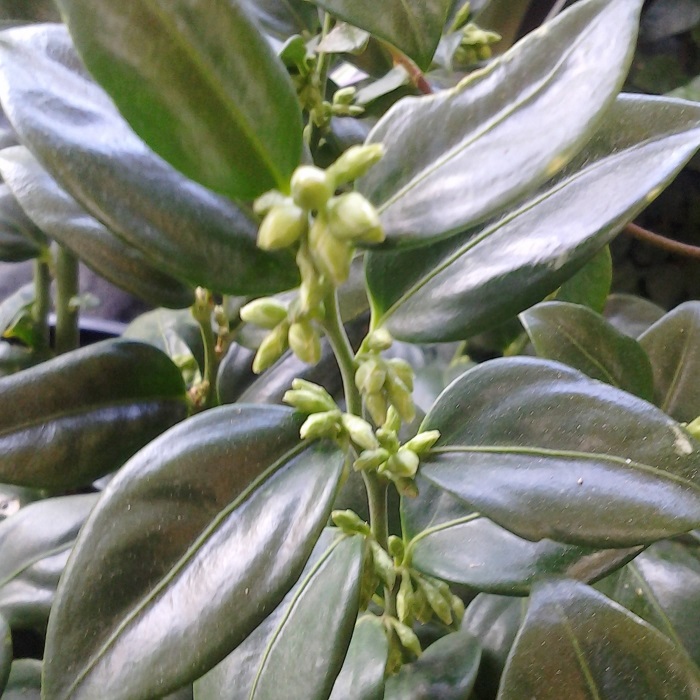UNITED STATES—More flowers bloom as winter becomes early spring than at any other time of year. For many flowers, bloom is significantly accelerated this year because winter was so very warm. Flowering cherry, purple leaf plum and most of the stone fruit trees (such as almond, cherry, apricot, nectarine, peach, plum, prune and all their various hybrids) have already bloomed.
Color is what gets noticed first. After all, that is what all the flashy colors are intended for, to get the attention of pollinators. Yet, there is more to the indirect mating strategies of flowers than color. Because flowers lack the mobility to pollinate each other, they do what they must to attract others to disperse their pollen for them. Some use fragrance.
Generally, flowers prefer one tactic or the other. This is why the most colorful flowers lack fragrance, and the most fragrant lack color. Gardenia (which is not easy to grow locally), star jasmine, honeysuckle, Pittosporum tobira, Pittosporum undulatum and night blooming jasmine are not exactly colorful while blooming. The powerfully fragrant flowers of sweet osmanthus and sweet box barely get noticed.
Pink jasmine and mock orange (Philadelphus spp.) are flashier, only because their blooms are so profuse. Southern magnolia has spectacularly big flowers, but they are mostly obscured by dense foliage high above view. Cereus cactus and moon flower are likewise spectacular, but bloom at night to attract nocturnal moths for pollination.
Only a few flowers are both colorful and fragrant. Lilac and wisteria are among the more familiar. Both bloom early in spring, with a similar color range of lavender, blue, pink and white. Lilac is shrubby. Wisteria is an aggressive vine. ‘Charles Grimaldi’ angel’s trumpet is a big shrubby perennial that blooms rich yellow, but may only be fragrant at sundown.
Freesia, hyacinth, lily and bearded iris are flashy and fragrant flowers grown from bulbs, although hyacinth and most lilies rarely bloom a second year, and many lilies and bearded iris lack fragrance. Sweet alyssum is a mildly fragrant annual that blooms white, pink or lavender.
Highlight: sweet box
While bloom cycles of most plants are accelerated by the unusually warm winter, sweet box, Sarcococca ruscifolia, seems to be blooming a bit late. It should have bloomed sometime in winter, and finished a month ago. The tiny pale greenish white flowers are certainly nothing to look at, but they produce a remarkably rich fragrance that seems like it would be delicious with coffee.
The foliage is very glossy and dark green, like that of English holly, but the leaves are small and lack spines. Red berries sometimes develop, but are only abundant enough to be notably colorful on plants that are distressed. Sweet box may take a few years to get established and grow to only about three feet high and wide, although it can slowly get a bit larger.
Since it is naturally an understory plant, sweet box prefers at least a bit of shade. Harsh exposure fades foliage. Because of its tolerance of partial shade, as well as its low and dense growth, sweet box is ideal for obscuring foundations. After the first few years, it does not need too much water. It gets established more efficiently in rich soil.






